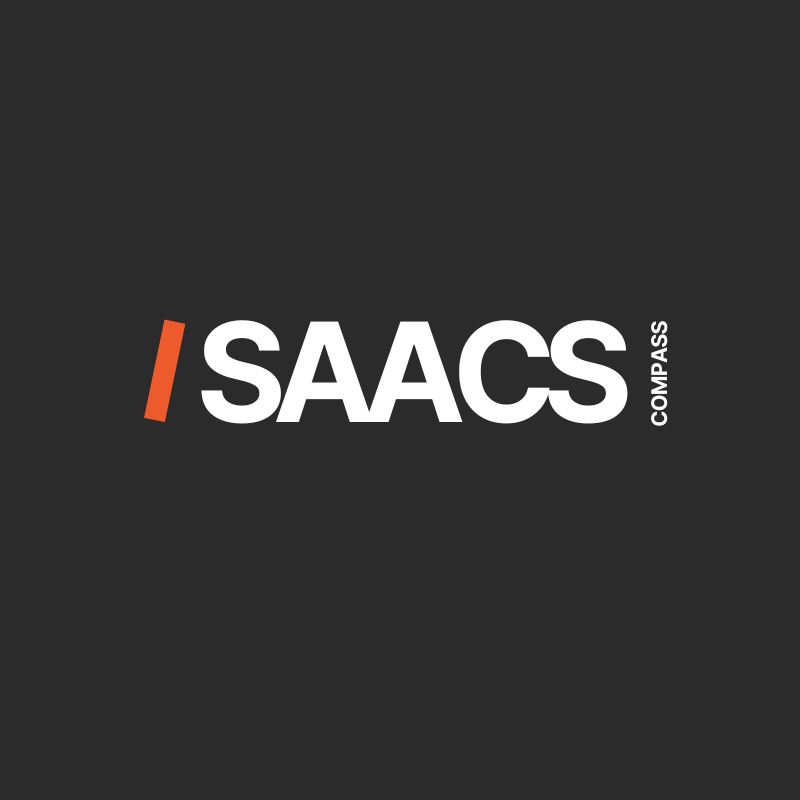Navy Yard Neighborhood
The Navy Yard is a functioning naval base, luxury residential neighborhood and dining destination. The Yards, located between Nationals Park and the Navy Yard, adds award-winning restaurants, craft breweries, retail, the Yards Marina and Yards Park. Combined, they offer year-round entertainment and activities, as well as luxury condos and apartments..
The Navy Yard and The Yards are dynamic neighborhoods located along the Anacostia River. These neighborhoods have experienced a remarkable transformation in recent years. Historically an industrial area and home to the Washington Navy Yard, the neighborhood has evolved into a vibrant urban community with a mix of residential, commercial, and recreational spaces.
The Yards, a waterfront development within the larger Navy Yard neighborhood, has played a significant role in this revitalization, offering a blend of modern living, dining, and retail experiences. The area is anchored by Nationals Park, the home stadium of the Washington Nationals, contributing to the energetic and recreational atmosphere.

The real estate market in Navy Yard and The Yards is characterized by contemporary condominiums, luxury apartments, and townhomes. The development boom has brought highrise residential buildings with stunning waterfront views and access to modern amenities.
The demand for real estate in these neighborhoods has surged, driven by the influx of those attracted to the area’s walkable streets, waterfront parks, and proximity to both downtown, Barracks Row, and Capitol Hill South. The Yards, in particular, has become a destination for its unique blend of upscale residential options, dining establishments, and a waterfront boardwalk, creating a modern and trendy living experience.
Why We Love It
- Modern & historic
- Energetic
- Many dining options
- District Winery
- Yards Park amenities
- River recreation
Nearby
- The Yards
- The Wharf
- Capitol Hill South
- Barracks Row
Tracey & John
Susan and Alex are amazing! Over the past five years they helped us purchase then later sell a condo, and also purchase a rowhouse. Each time they demonstrated above-and-beyond dedication, expertise, and responsiveness, as well as consummate professionalism. On the buyer side, they will help you structure competitive winning offers. On the seller side, Susan’s knack for renovations and staging was impressive, and our condo sold within a day and for over list price.
Navy Yard Market Data
Navy Yard History
Purchase & Establishment
The Yard
Shipbuilding And Shipfitting
DC’s Largest Employer | Enslaved Labor
Stream Technology
Civil War & Dahlgren
Post Civil War
Additional Sources: Sources: Wikipedia
Navy Yard Schools
AMIDON BOWEN
Public • Grades PK-5
JEFFERSON ACADEMY
Public • Grades 6-8
EASTERN HIGH
Public • Grades 9-12
